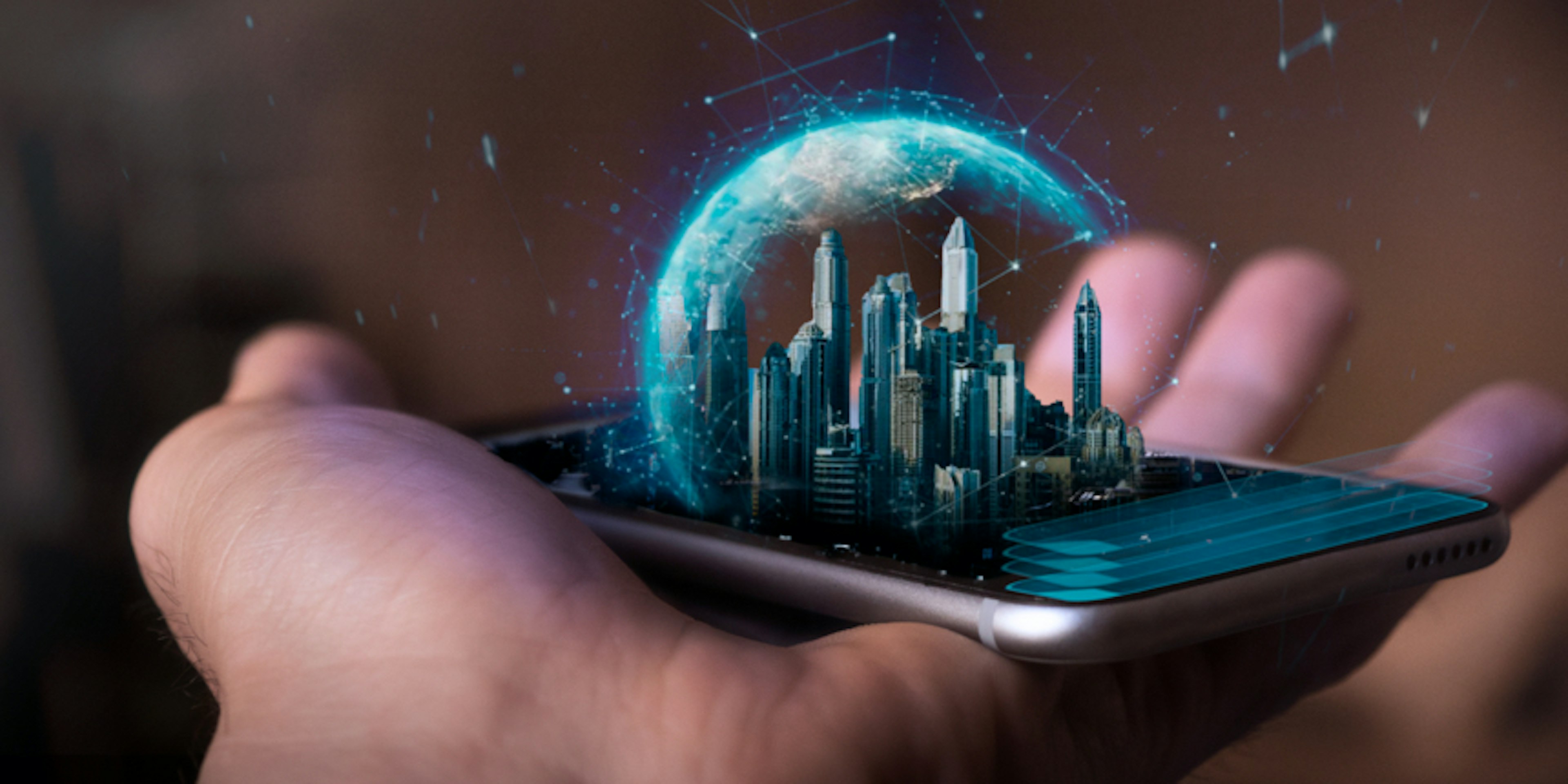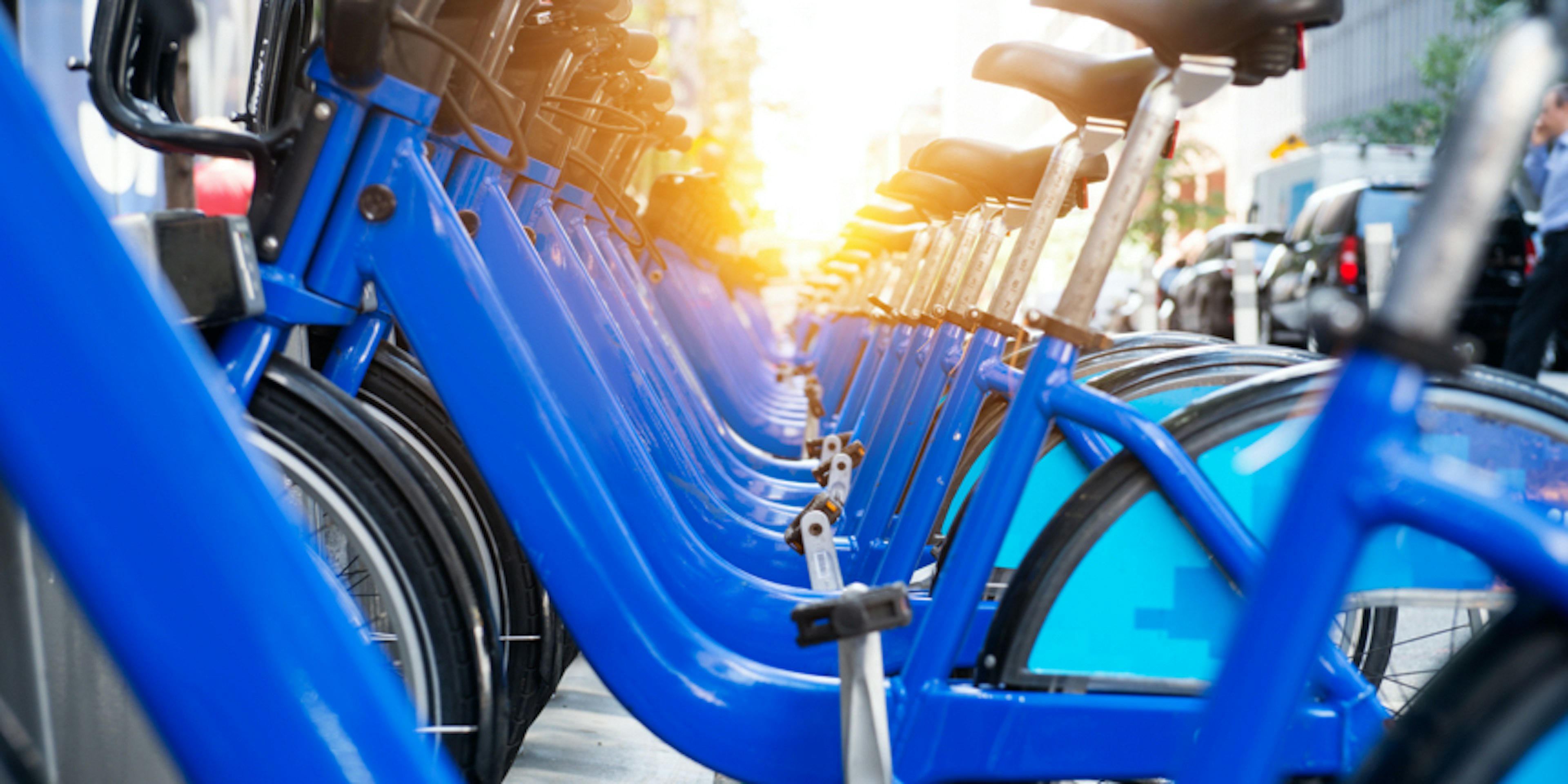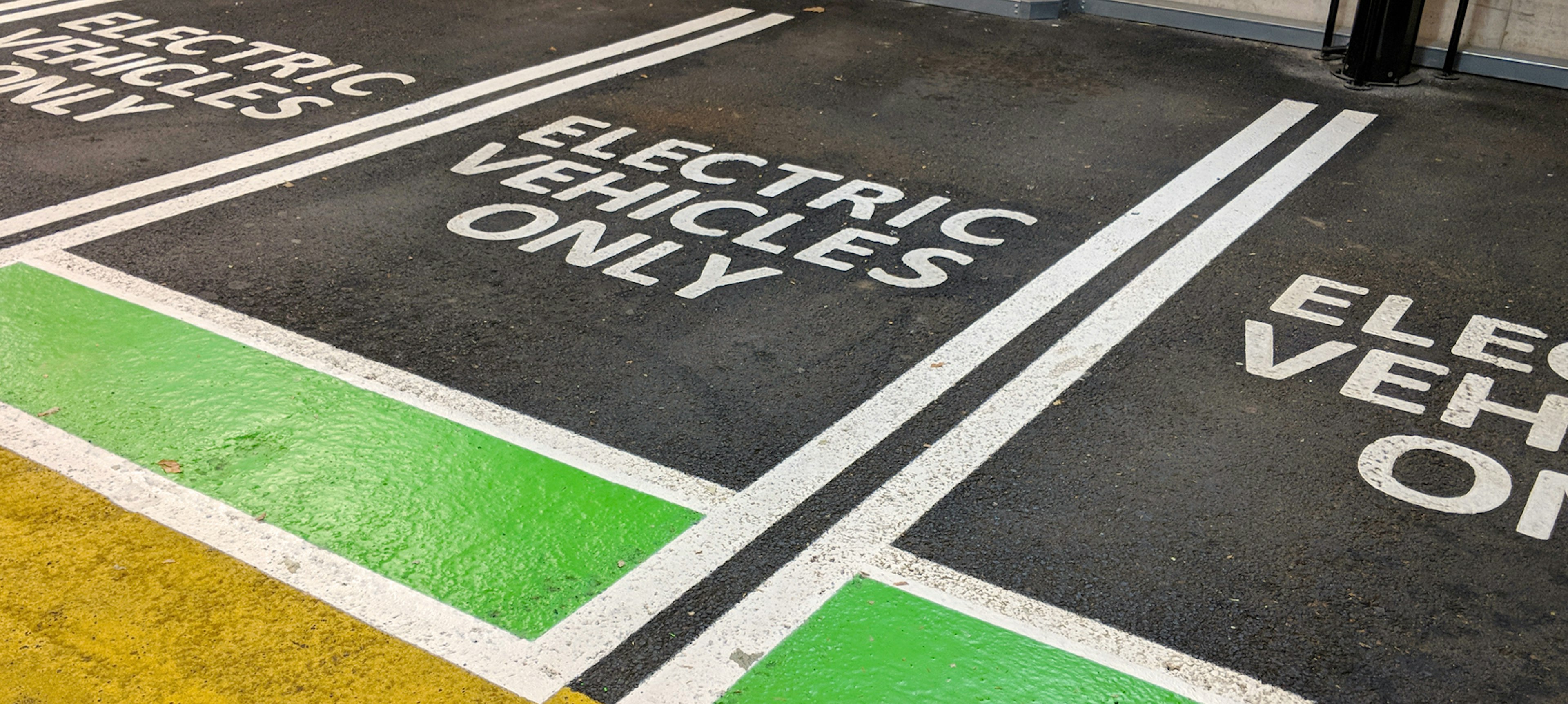Technology that was once only in science fiction has already begun to infiltrate our lives. The 1968 film 2001: A Space Odyssey imagined a number of technologies that have become the norm today, including a personal device eerily like a tablet or iPad, voice-activated technology, and video chatting via smartphone.
Now, everything from flying taxis to self-driving cars to augmented reality — things that today we may think of as science fiction — are on track to become as commonplace as a FaceTime chat. And we can expect to see this kind of tech popping up in smart cities.
Interconnected technologies in smart cities can help us with everything from enhancing sustainability efforts to speeding up emergency response times for first responders. As technology continues to improve efficiency in cities as a whole, we can expect that it won’t stay stagnant. An entirely new wave of interconnected smart technology is just over the horizon.
Realistically, what does a futuristic city look like? What elements can we actually expect to become “smart” and eliminate hassles in our daily lives that we didn’t even know could be eliminated? With the increasing use of the Internet of Things (IoT), the limits to smart city technology are few and far between.
Here are five innovations that you can expect to see in the coming years, transforming regular smart cities into ultra-futuristic cities.
1. City-wide Wi-Fi and 5G.
Many large cities already have an all-encompassing free public Wi-Fi network or an array of free public hotspots nearby. But as these areas begin to grow, a large-scale, city-wide Wi-Fi network will become essential to smart cities. SpaceX’s Starlink and other satellite-based internet providers have big plans to provide Wi-Fi all around the world.
City-wide Wi-Fi networks will enable smart infrastructure to work together seamlessly with IoT — it can help better plan cities and collect data. In Amsterdam, city officials can control lights based on the amount of people around, and in Barcelona, they can control traffic lights to make way for emergency vehicles.
Ubiquitous Wi-Fi also relieves a pain point for the average citizen. City dwellers and visitors searching for Wi-Fi won’t have to enter passwords at every new business they enter. The ease of being able to search and find local businesses at the tip of their fingers could help improve the local economy.
2. V2V and V2I connectivity.
Modern cars have features that use radar, ultrasonic, and camera technologies, allowing vehicles to detect objects in their vicinity. However, these sensors have a limited range and can’t predict sudden movements of other vehicles. As innovative as these features are, they’re in need of a revamp, and experts are adding features to make them even more safe. In fact, the U.S. Department of Transportation predicts that 615,000 car accidents could be prevented with greater vehicle connectivity.
Vehicle-to-vehicle (V2V) technology allows cars to communicate with each other. Imagine your autonomous vehicle using this technology to tell a vehicle nearby that it is about to change lanes before it even happens. Vehicle-to-infrastructure (V2I) technology will let vehicles collect information about traffic and road conditions. That means your vehicle will be able to help recommend ideal acceleration rates, which could overall reduce carbon emissions and fuel usage.
In the most technologically advanced cities, we may even see electric vehicles using V2I connectivity to charge vehicles. A public road in Sweden was recently unveiled as the world’s first electric road. Since Sweden has a target of achieving independence from fossil fuel by 2030, and that requires a 70 percent reduction in the transport sector, they are quick to innovate these new technologies.
3. Elimination of city elements
MIT’s recent plan to eliminate traffic lights may sound like a far-fetched idea, but with the direction tech is heading, it’s looking a lot more realistic. Slot-based intersections could become prevalent as autonomous cars gain traction. In these intersections, self-driving cars adjust their speeds well before approaching an intersection. They base their speed decisions based on the cars around them, eliminating the need to screech to a halt at red lights.
The hassle of toll booths could become obsolete, too, as they’d become fully automated. San Francisco’s Golden Gate Bridge already utilizes this technology as they charge vehicles through either a fast pass system, invoice, or license plate account. The concept reduces congestion and saves drivers an estimated five minutes, cuts down fuel use, reduces accidents, and can eliminate the need for toll booth workers.
There may no longer be a need for dingey old parking meters that require you to scrounge the bottom of your purse or pocket for quarters, either. Although many cities are already starting to accept app payments for parking meters, “smart” parking spaces are expected to become more prevalent. These include smart parking sensors that can be embedded in-ground. Data collected from these sensors can be used to help drivers find the open spots digitally without circling the block.
Finally, smart waste management would eliminate the need for large dumpsters outside apartment buildings or trash cans crowding city streets. Installing smart sensors on waste containers means trash collectors won’t waste gas and time rounding neighborhoods where there isn’t any trash — they would instead only empty the cans that are nearing full. Perhaps by this time there will be an electric garbage truck collecting your trash, too.
4. Seamless tourism technology
Residents aren’t the only people who reap the benefits of smart cities. In fact, the more tech savvy an urban area becomes, the more likely it is that tourists will flock to it. One of the top needs of any tourist in a new city is to get around easily. Future augmented reality technology will help tourists learn about landmarks and outdoor monuments from their personal device. For example, tourists could open an app on their phone and hold up the camera feature to popular attractions and be shown information and videos in real time. It will also be a useful tool for business advertising with the ability to send tourists push notifications with restaurant or shopping suggestions.
Tourism is often driven by large-scale events, so intelligent crowd management is another technology that can be used to help streamline large crowds safely. They can even target advertisements based on crowd size.
And tourists could seamlessly get around cities thanks to smart technology, too. Columbus, the winner of the U.S. Department of Transportation's first-ever Smart City Challenge, had a full year pilot with an autonomous shuttle. On a loop around downtown Columbus, the shuttle was used by well over 20,000 people. Zach McGuire, Smart Columbus Electric Vehicle and Smart Mobility Adoption Manager, explains:
“There are 5 levels of autonomy. We’re at level 3 where there’s an operator in the vehicle — not operating the vehicle, but just to make sure everything is running smoothly. These types of pilots will get us closer to level 5 autonomy.
5. Automation in the hassles of city living
In many cities, you no longer need to leave your house to get groceries or run errands — you can just as easily use an app for grocery shopping like Instacart or Kroger Delivery and order just about anything from Amazon, all delivered right to your doorstep.
While these services make customer life easier, new technology may eliminate the need for delivery drivers entirely. Amazon Prime Air, which delivers products to your door via drone, could become commonplace in the future. On its website, the company boasts the drone’s ability to take only 13 minutes from click to delivery.
In partnership with other companies, NASA recently announced plans to move forward with their Urban Air Mobility Grand Challenge, which would enable air transit for things like package deliveries, taxi services, expand air medical services and cargo delivery to underserved and rural communities.
In some of the most technologically advanced countries and advanced cities, many of these innovations are already being tested or put to use. As technology continues to rapidly evolve, the gadgets and automation we view as science fiction in 2023 may very well become the norm in the next few years.
Fleets are changing as rapidly as cities. Let’s plan your fleet’s future. Tell us more about your needs here.
Skills covered in the class
Fleet Electrification
Data-Driven Decision Making
Mobility-Mindset
Operational Efficiency
Did you enjoy this class?
Share it with your organization and colleagues.
Sign up for our newsletter for the latest information about the fleet industry.
Sign up for our newsletter for the latest information about the fleet industry.



